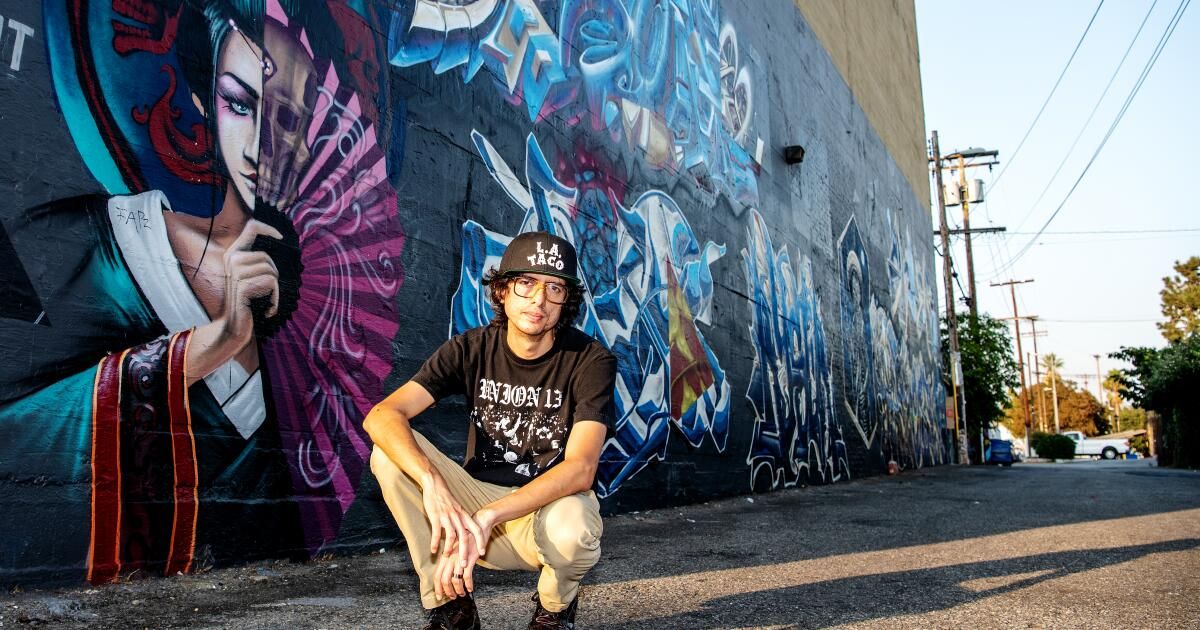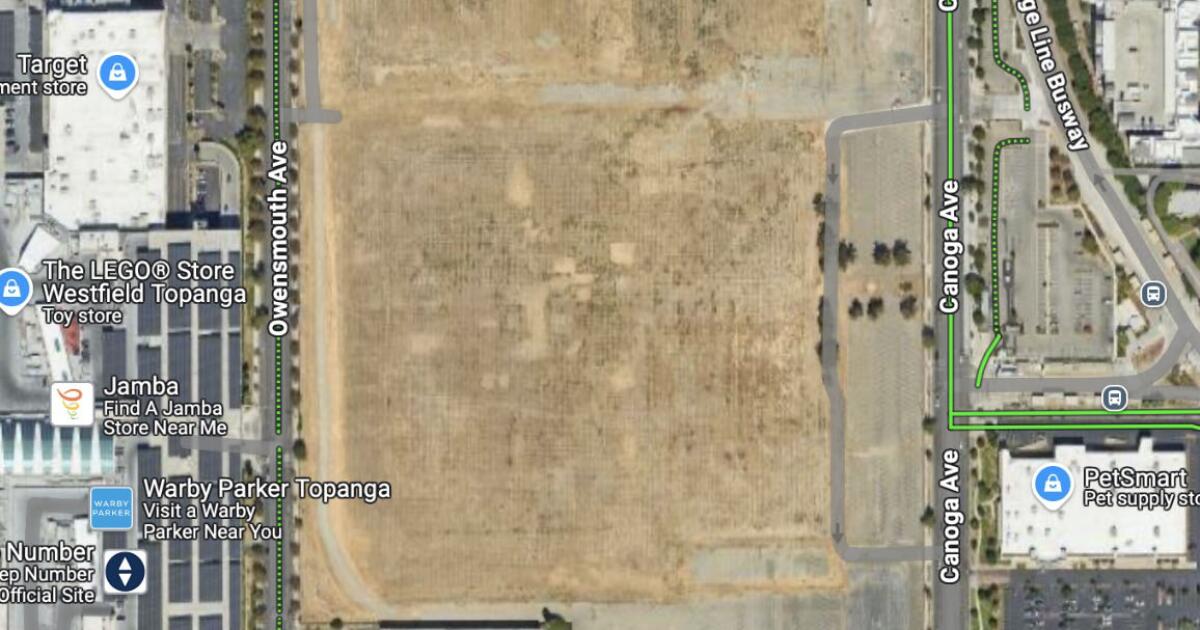Whenever I think about the perilous state of local news, I think about Delicious Pizza in West Adams.
Great pizza! Small space, cool atmosphere. In the fall of 2017, I found myself there with other castoff journalists cursing the news gods.
I had just resigned as editor of OC Weekly after refusing to fire half the staff. Daniel Hernández lost his job at VICE News after almost four years there. Julia Wick had run the original LAist until its owner closed the website because she claimed she was not financially successful. Former LA Weekly editor-in-chief Mara Shalhoup was fired along with most of her writers and editors after a new owner acquired the venerable alt-weekly.
Over beers and slices, we laugh, share stories and worry about the eternal erosion of American journalism. However, none of us were willing to give up our beloved profession. There was talk of creating our own publication, but nothing serious. Instead, we hugged each other and moved on with the rest of our lives.
Today, Mara is ProPublica's southern editor. Daniel edits the Times food section. Julia is on the Times' 2024 election team. I am a times columnistof course, frequently using Southern California's past as a prism to understand what is happening now and what could happen in the future.
And boy, isn't it looking good for local journalism…again?
Last month, the nonprofit Long Beach Post, which expertly covered the port city as the Press-Telegram atrophied, laid off nearly everyone. The publication's board of directors maintained the move was necessary to save it from financial ruin, but former employees insist it was retaliation for their attempt to form a union.
Reporters at Knock LA, which focuses on issues of social justice and police corruption, accused the publication's fiscal sponsors, the leftist group Ground Game LA, of exiling them after they called for spinning off Knock into its own independent entity.
In the for-profit world, LA Taco, which focuses on food coverage while also covering working-class communities throughout Southern California, furloughed nearly every member of its small team. Editor-in-chief Javier Cabral said they would be fired if the publication fails to reach 5,000 members by the end of April. (they were at 2,800 on Monday). This follows the closure of one of California's oldest continuously operating newspapers, the Santa Barbara News-Press, last year.
And, of course, there is this document. More than 100 of my colleagues were laid off last summer and earlier this year. Others accepted buyouts, and it seems like recently farewell emails from colleagues who have moved on to other jobs or retired have arrived in my inbox daily.
It's easy to portray what's happening in local media as catastrophic and unprecedented, especially in the face of similar layoffs across the country during an election year where accurate data and nuanced coverage matter more than ever. But Southern California has always been a charnel house of failed publications by apathetic readers, clueless owners, or a combination of both.
A 2006 demonstration at De La Guerra Plaza in front of the offices of the Santa Barbara News-Press newspaper. The newspaper, one of the oldest in California, ceased publication last year.
(Michael A. Mariant/Associated Press)
Every generation in Los Angeles seems to suffer a journalism mass extinction event. In addition to what's happening now and what happened in 2017, the early aughts saw the closure of two alternative weeklies, Los Angeles CityBeat and The District Weekly, based in Long Beach. I remember the disappearance of La Banda Elástica and Al Borde, two Spanish-language publications that focused on rock. in Spanish until the late 1990s and 2000s. Older people will remember the end of the LA Herald Examiner in 1989, whose grand downtown headquarters is now used as a satellite campus by Arizona State University.
The heartbreak industry in Los Angeles is not Hollywood; It's journalism. To paraphrase what the late A. Bartlett Giamatti said about baseball, it is designed to break the hearts of those who play it.
You join the profession knowing that long hours, low pay, and lack of respect from the public are the norm, but you jump in anyway. You revel in your colleagues, your shared sense of mission, and the stories you tell, but then the reality of the economy hits and you realize the good times won't last. One wonders why readers don't subscribe, why editors and publishers don't innovate. You watch your coworkers lose their jobs or leave the profession and then it's your turn, one way or another.
It's easy to explain to the quarterback why posts fail. Blame technology, fragmented audiences, a lack of trust in the news – it's all that and more. But these conditions existed before the photos appeared in the newspapers and will persist long after whatever Elon Musk inserts into our brains so we can't abandon X.
What is happening in Southern California journalism is sadly familiar, but not hopeless. There is something new in this generation of journalism orphans. In the past, we would have drinks and mourn the death of our publications. Now, to paraphrase another literary luminary, Dylan Thomas, journalists are not going to spend that good night peacefully.
Employees of the Long Beach Post and the Times have publicly protested against their bosses. Banished Knock LA writers and editors are shaming their former benefactors online. LA Taco is asking for money like an NPR host during a nitro cold brew fundraiser.
“We made our terrible situation public, because how can you expect help if you don't ask for it?” said Cabral, 35, whom I've known since he was a teenager and runs his own food blog. “For me, journalism has always been a fleeting and changing career that pulls the rug out from under you when you start to feel comfortable.”
I wish all of these people the best as they try to achieve this, including my colleagues at The Times, which has been unionized since 2018 and where we have worked for almost a year and a half without a contract. But even if we all fail, the dream of doing good journalism in Los Angeles will never die. More posts are already increasing.
Los Angeles Public Press is only a year old, but it's already making an impact with its coverage of the San Fernando Valley and southeastern Los Angeles County. Caló News, which focuses on Latino issues, will launch its own initiative to cover southeastern Los Angeles County this summer. Individually run newsletters are filling news gaps and gaining subscribers in the process. Hyperlocal publications like The Eastsider and This Side of Hoover still inform readers about their communities.
Last month I attended a forum at City Club LA hosted by the nonprofit Latino Media Collaborative, which sponsors Caló News, about what it considered a “crisis” in Southern California journalism. Speakers included former La Opinión editor Mónica C. Lozano and California Community Foundation executive director Miguel A. Santana. The conference room was packed with reporters young and old hoping to take advantage of the millions of dollars that local and national philanthropies plan to spend on Los Angeles-focused news operations in the coming years.
I also wish them the best, because someone has to make it in this damn industry, right? Good?












